 Brigitte Bardot: A Life of Beauty, Controversy, and Lasting Legacy
Brigitte Bardot: A Life of Beauty, Controversy, and Lasting LegacyFew names in the history of cinema evoke as much intrigue, admiration, and controversy as Brigitte Bardot. Renowned for her groundbreaking role in And God Created Woman (1956), Bardot didn’t just launch a successful acting career; she single-handedly transformed the portrayal of female sensuality on screen. Her extraordinary journey through the realms of Hollywood and beyond transcended the boundaries of the silver screen, earning her a place in global pop culture as a symbol of liberation and defiance.
However, Bardot’s path to superstardom was neither easy nor straightforward. Beyond her dazzling exterior, her life was filled with personal struggles, cultural upheavals, and profound shifts that eventually led her away from the Hollywood spotlight and into the world of activism. Let’s take a deeper look at the life, career, and lasting legacy of the woman who redefined beauty, passion, and independence on her own terms.

From Ballet Dreams to the Silver Screen: The Early Life of Brigitte Bardot
Born on September 28, 1934, in Paris, France, Brigitte Anne-Marie Bardot was raised in an environment that combined privilege with strict discipline. The only child of a wealthy family, Bardot’s early years were marked by an upbringing that emphasized cultural refinement and a classical education. Even at a young age, she showed a natural talent for dancing, leading her to enroll in ballet classes at the Paris Conservatory.
However, fate had different plans for the young girl. While she initially dreamed of becoming a ballerina, her destiny soon shifted in another direction. At just 15 years old, Bardot’s beauty was spotted by a fashion editor, and she quickly found herself on the cover of a major French magazine. This exposure sparked her modeling career, which ultimately opened doors to the world of cinema.
Directors soon recognized that Bardot possessed something rare—an alluring mix of innocence and raw magnetism. Her transition from model to actress was seamless, and soon she found herself in the spotlight, much to the world’s delight. But little did anyone know, Bardot’s true moment of fame was just around the corner.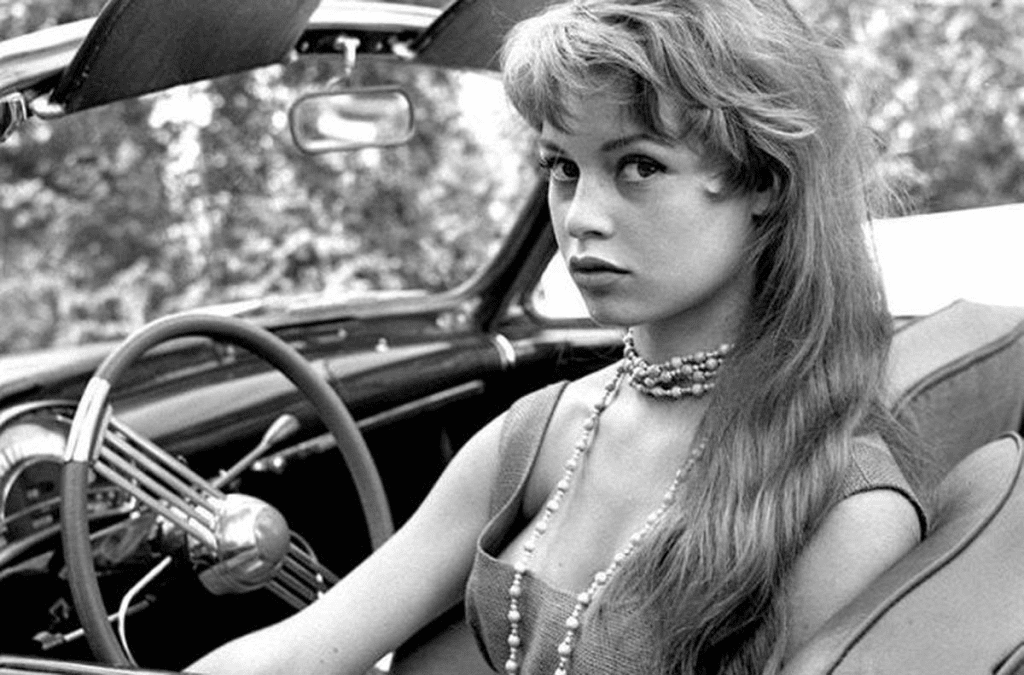
The Role That Made History: And God Created Woman (1956)
Bardot’s defining role came in 1956, when she was cast as Juliette Hardy in And God Created Woman, directed by Roger Vadim, her then-husband. The film, with its unapologetic sensuality and bold depiction of female desire, shocked audiences and redefined the portrayal of women on screen. At the time, such open explorations of sexual freedom and female empowerment were groundbreaking.

Bardot’s performance was nothing short of revolutionary. The carefree dance sequence in the film, where she effortlessly exudes sensuality, marked a pivotal moment in cinematic history. Through her uninhibited charm and uninhibited approach to love, passion, and desire, she became an international sensation. The film’s success wasn’t merely reflected in box office numbers; it redefined the way women were seen on screen and in society, challenging traditional views of femininity and sexual expression.
The Birth of a Global Sex Symbol: Bardot’s Iconic Impact
With her tousled blonde hair, sultry pout, and effortless beauty, Brigitte Bardot became an icon—an embodiment of a new kind of femininity that was untamed, free-spirited, and independent. She wasn’t the refined, demure starlet of previous generations. Instead, Bardot was bold, confident, and unapologetically sensual, qualities that resonated with people worldwide.
Her style became iconic in its own right. Bardot popularized the “Bardot neckline” — off-the-shoulder tops and dresses that emphasized her collarbones, which became a staple of 1960s fashion. Her signature winged eyeliner and tousled hair looked effortlessly chic, making her an enduring figure in both fashion and pop culture. Unlike the heavily styled glamour of Hollywood actresses at the time, Bardot’s natural beauty emphasized simplicity, showing that elegance didn’t need to be forced.
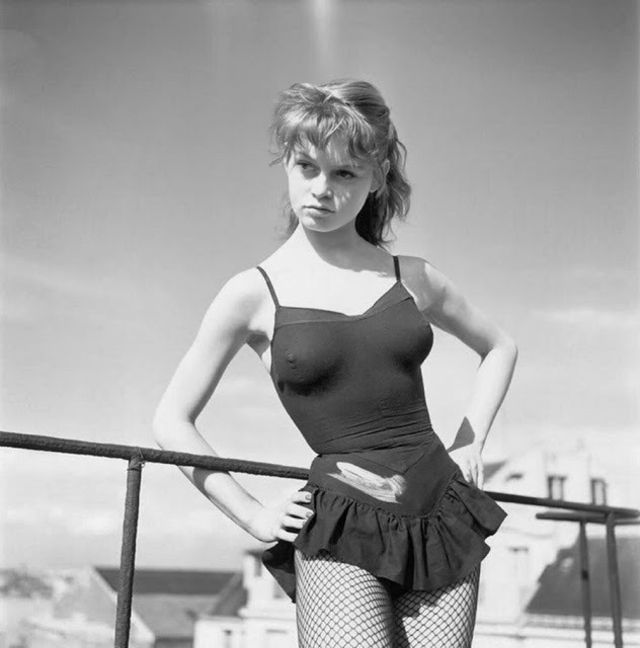
But Bardot’s influence wasn’t confined to fashion alone. She became a symbol of feminine liberation, proving that women could embrace their sexuality without shame or apology. Her confident portrayal of female desire broke through long-standing societal taboos and inspired generations of women to reclaim their own power.
A Life of Fame, Passion, and Scandal: The Price of Stardom
Brigitte Bardot’s life was as sensational off-screen as it was on. Her romantic relationships often garnered as much attention as her film roles, and they quickly became a source of tabloid fascination. Bardot married four times throughout her life, and her relationships with high-profile figures only added to her notoriety. Among the most famous of her lovers were:
Roger Vadim, the director who helped launch her career and whom she married in 1952.
Jacques Charrier, an actor with whom she had her only child, a son named Nicolas.
Gunter Sachs, a German millionaire whose extravagant gestures of love made headlines.
Despite her glamorous life, Bardot often expressed her struggles with the pressures of stardom. She found the constant media scrutiny suffocating, which led to bouts of depression and personal turmoil. Bardot even attempted suicide on multiple occasions, revealing the emotional distress she endured behind her public persona. The cost of fame, it seemed, weighed heavily on her.
From Silver Screen to Activism: A New Chapter
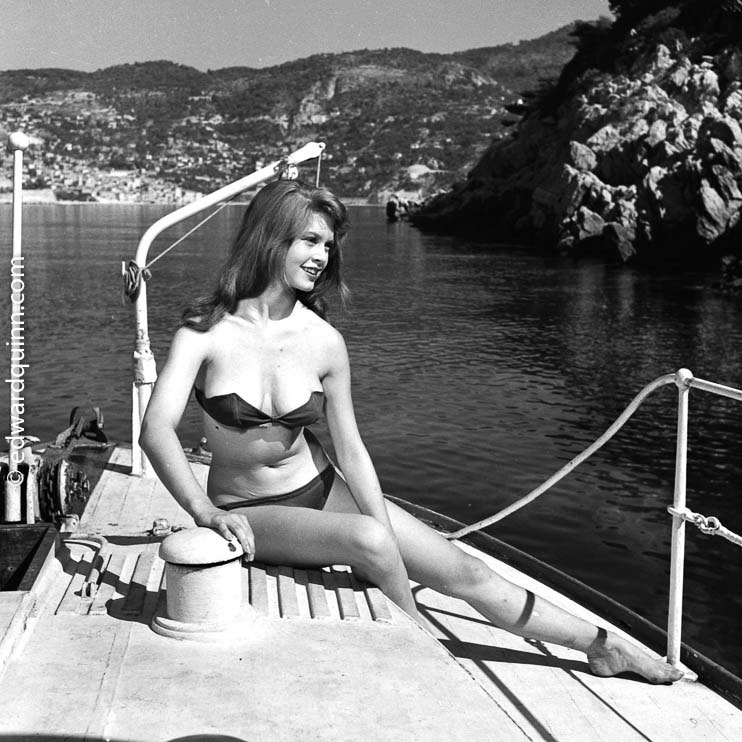
In a surprising move, Bardot made the bold decision to retire from acting in the early 1970s, just as she was at the height of her fame. At the age of 39, she walked away from Hollywood and reinvented herself as an advocate for causes close to her heart.
Her passion for animal rights became her primary focus. In 1986, Bardot founded the Brigitte Bardot Foundation for the Welfare and Protection of Animals. Through this organization, she dedicated herself to fighting against animal cruelty, fur trading, and the abuse of animals. Bardot’s activism made her a controversial figure in the media, as she often clashed with governments, industries, and even former fans who disagreed with her strong, outspoken views.
Despite facing backlash for her outspoken nature, Bardot’s commitment to animal rights never wavered. She used her celebrity status and platform to influence policy changes, and even auctioned off personal belongings to raise funds for her foundation. Her influence in the realm of animal rights has made her one of the most prominent and recognizable figures in the fight for animal welfare.
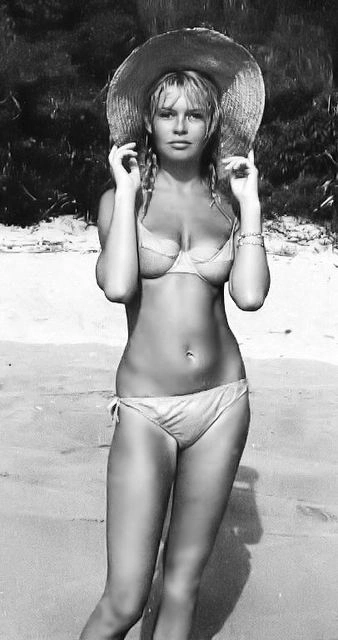
A Lasting Cultural Legacy: More Than Just a Pretty Face
Brigitte Bardot’s impact extends far beyond her time in the spotlight. Her legacy endures as a:
Fashion Icon: Bardot’s timeless style continues to inspire designers, artists, and fashionistas worldwide. Her natural beauty and effortless glamour set the stage for generations of women to follow.
Symbol of Feminine Liberation: Bardot proved that women could own their sexuality and embrace their desires unapologetically. Her journey has inspired countless women to break free from societal expectations and embrace their true selves.
Fierce Activist: Bardot’s transition from a Hollywood icon to an activist has shown the world that reinvention and purpose can come at any stage of life. Her tireless advocacy for animals continues to make a significant impact globally.
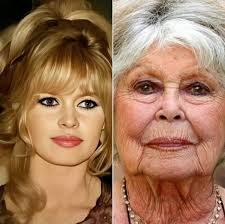
Even today, Brigitte Bardot’s influence can be seen in the work of modern stars. From Marilyn Monroe to Kate Moss, and even contemporary artists like Lana Del Rey, Bardot’s unique blend of vulnerability and power continues to shape popular culture.
Conclusion: A Woman Who Changed the World
Brigitte Bardot’s life is one of bold choices, reinvention, and breaking boundaries. She didn’t just redefine sensuality on screen—she became a fearless advocate for causes that mattered to her, using her fame to make a tangible difference in the world.
Her legacy is not just about beauty, fame, or scandal; it’s about fearless self-expression, fighting for what you believe in, and proving that real icons don’t just entertain—they change the world. Brigitte Bardot’s journey from the silver screen to animal rights activism is a testament to the power of personal reinvention, and she remains a powerful symbol of liberation, beauty, and strength for generations to come.




